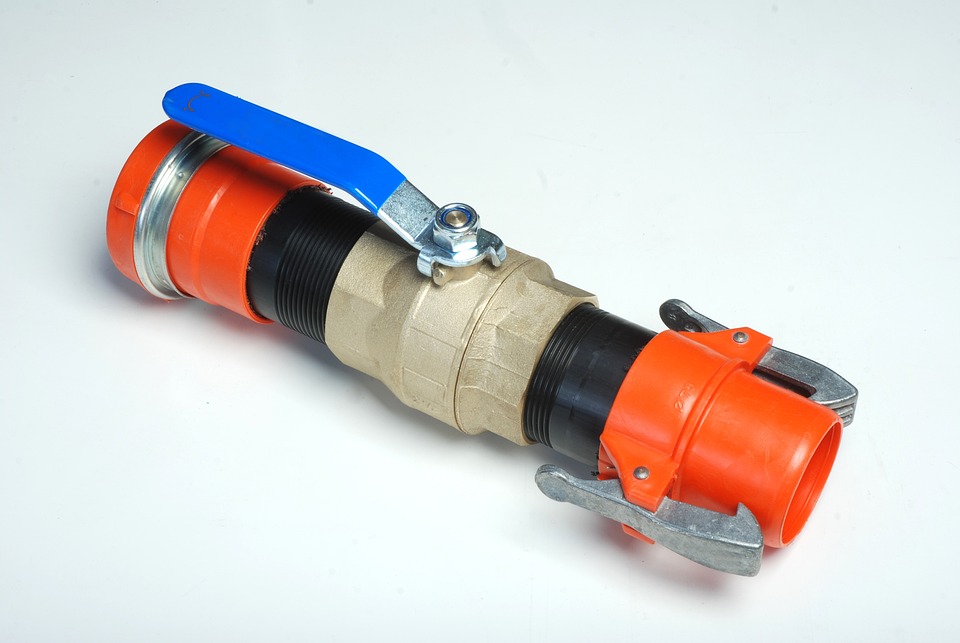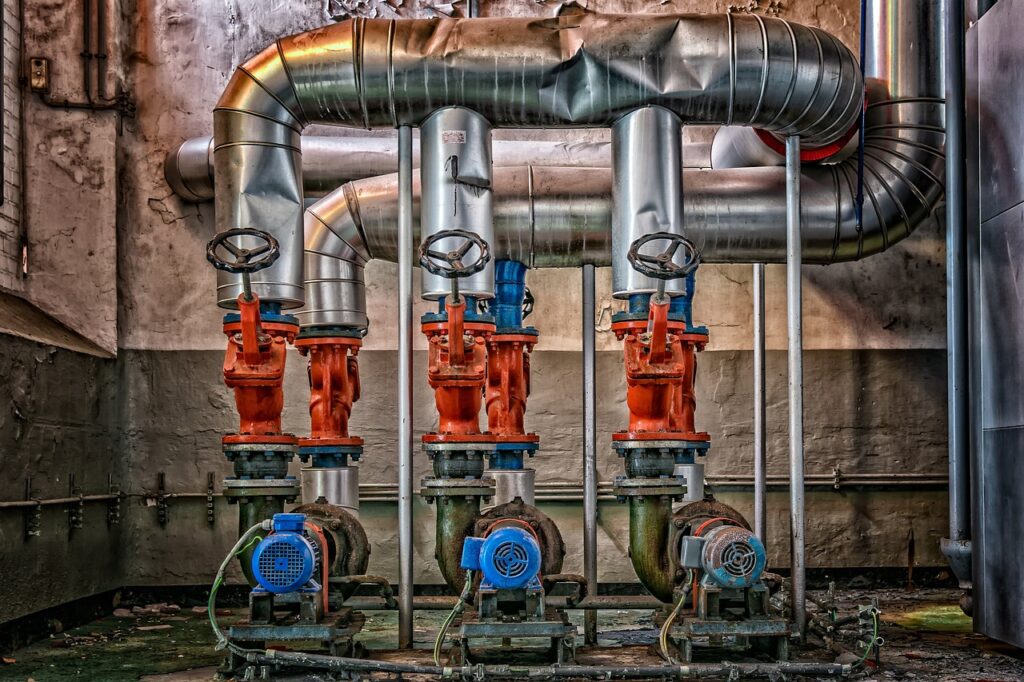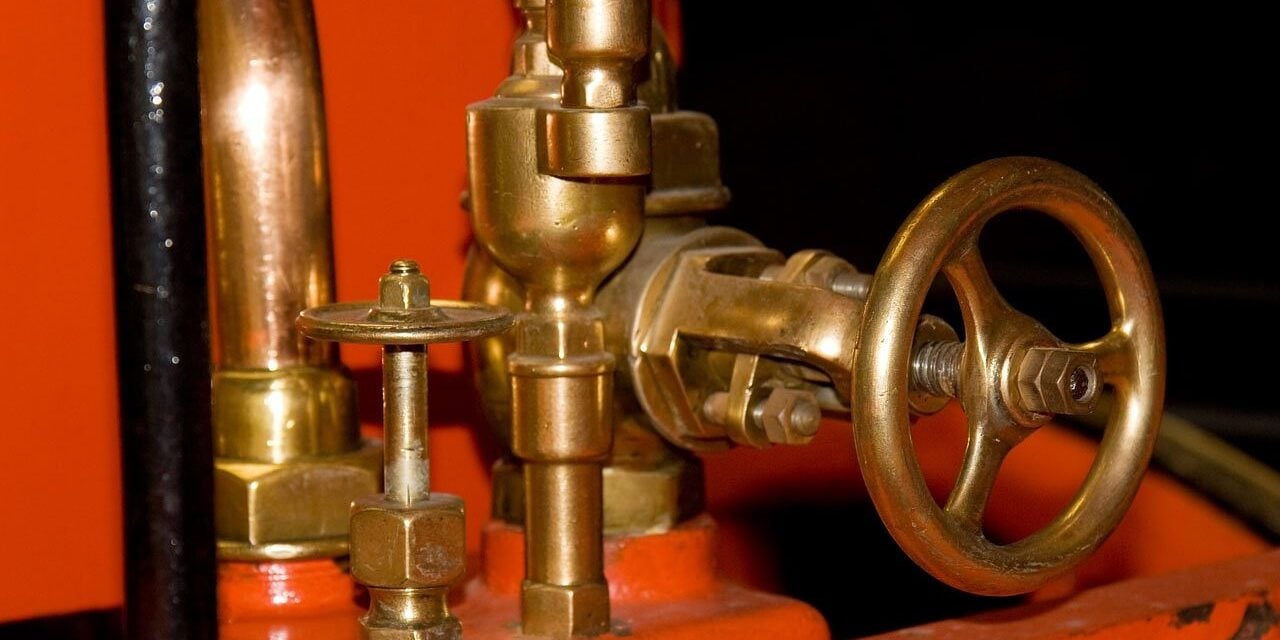Who tells lawmakers to change or tweak chemical storage laws? Apparently, the U.S. Chemical Safety and Hazard Investigation Board, which has some heavy sway on EPA and OSHA operations, is becoming more vocal these days. Recently, the board released a new study on “Remote Isolation of Process Equipment” in chemical facilities. After carefully studying several recent catastrophic chemical incidents, the board feels some necessary changes could save future hazmat incidents from spiraling out of control. The study concludes that the chemical industry has not fully recognized the remote isolation of process equipment’s effectiveness in containing hazardous materials and preventing fatalities. While the board didn’t mention any names, they didn’t hold back in signaling out the American petroleum industry for needed revisions on the utilization of remote isolation devices, including emergency shutoff valves.
What is Remote Isolation Equipment?

Remote isolation equipment, or emergency shutoff valves, are designed to mitigate damage from chemical releases remotely from a safe location. Following the November 2019 chemical plant fire in Port Neches, Texas, where a suction pipe carrying butadiene ruptured and created a toxic vapor cloud, the CSB found the plant was not equipped with remotely operated emergency isolation valves. Such valves could’ve prevented secondary fire and explosions. Moreover, similar investigations at other chemical processing facilities yielded similar findings. The report also found that chemical processors, like refineries, should “include criteria for when remote isolation devices should be required that may be automatically activated or remotely activated” in processes that include highly flammable or toxic materials. Although emergency shutoff valves are not yet mandatory at remote operations, they become required if OSHA takes the report to heart.
What Does This Mean for Chemical Storage?

Emergency valves are proven to minimize the destruction of potentially catastrophic failures. In some instances, the valve, which can function as an actuator or butterfly valve, successfully stymied the flow of leaking hydrocarbons from a transport pipe, allowing firefighters to contain the fire in less than 15 minutes. While 15 minutes might feel like an eternity to harried workers, the valve proved the determining factor for event isolation. A similar pipeline fire, where there was no remote isolation equipment, lasted a grueling 30 hours before crews finally extinguished the blaze.
Remote isolation equipment is like a chemical storage locker – you don’t think about it until it’s needed. Similar to remote release valves, our fire-rated chemical storage lockers isolate and contain dangerous chemicals from vulnerable property and personnel. During a fire or explosion inside the locker, revolutionary explosion relief panels prevent the blast of scorching temperatures from reaching surrounding infrastructure. An innovative steel sump containment system affixed to the bottom of each storage locker can also prevent internal leaky metal drums from spreading contaminants to nearby waterways. Unlike emergency shutoff valves, our chemical storage lockers are automatic. There’s no need for remote activation. These sturdy chemical warehouses offer continuous 24/7 protection with minimal upkeep. Once the locker is in place, it will safeguard dangerous chemicals without constant supervision, making your job easier. Contact us today for a free quote and consultation!






